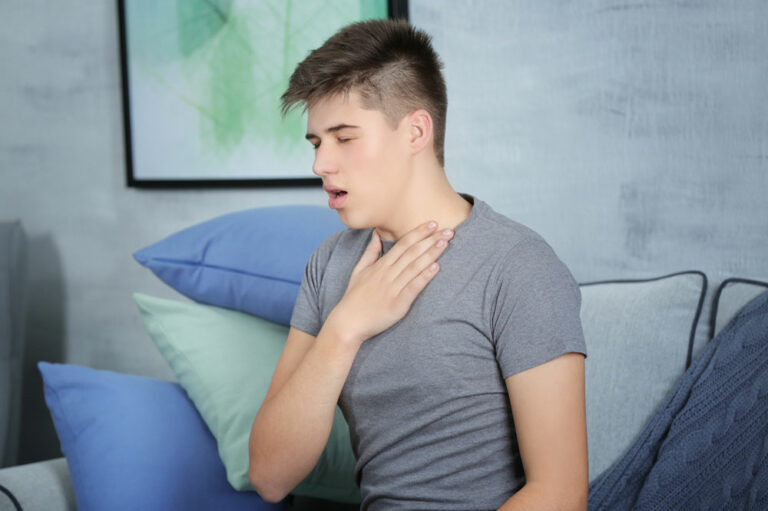Alopecia areata is a common disorder that causes hair loss and can affect people of all ages. It can develop as patches of hair loss on the scalp, as well as other areas of the body. It is an autoimmune disorder, so the immune system accidentally attacks healthy hair follicles. There are several ways that can help one cope with this condition. Here is everything one should know about alopecia areata and its management:
Causes
The exact cause of the condition is not yet known. Researchers believe the condition may be triggered due to genetic and environmental factors, including stress. The possible causes of alopecia areata include:
Genetics: Genetic predisposition may increase the risk of developing alopecia areata, but it may not be the only factor at play.
Environmental factors: Stress, physical or emotional trauma, or other environmental factors can trigger an episode of alopecia.
Hormonal changes: Hormonal changes, such as those during pregnancy or menopause, can also trigger the condition.
Certain treatments: A few prescriptions and treatment options, such as chemotherapy, can cause alopecia areata.
Symptoms
The disorder leads to round, bald patches on the scalp and other areas of the body. In some cases, it can also cause total baldness or complete loss of all body hair. While the main symptom is hair loss, recognizing other early signs can help one seek timely treatment and minimize the effects of the condition. Here are a few signs one can look for:
- Patches of missing hair on the scalp, eyebrows, eyelashes, and other body parts
- Rapid hair loss, which may develop over a few days or weeks
- Small, broken hair strands at the edges of bald patches
- Experiencing Itching, burning, or tenderness before hair loss
- Hair loss in a symmetrical pattern
- Brittle and fragile hair near the affected area
- Changes in the appearance of nails, such as pits, lines, or ridges
Treatment options
If one is dealing with alopecia areata, they can seek treatment to reduce or curb hair loss. The first step is consulting a dermatologist. The doctor can provide specialized care and advice to help treat the condition. Based on the severity of the symptoms, the treatments may range from topical prescriptions to advanced procedures. Here are some common options to treat alopecia areata:
Immunotherapy: Immunotherapy, also known as contact immunotherapy, is a type of treatment that involves applying prescription options to skin patches affected by alopecia areata. This helps stimulate an immune response to the affected area and helps regrow hair.
Prescription options: Some topical options can be applied directly to the scalp to promote hair regrowth. It is essential to consult a doctor before initiating such treatment, as some options can cause side effects such as dryness and itching.
Platelet-rich plasma therapy: This is a type of treatment that uses platelets to help regenerate new hair follicles. This treatment is becoming increasingly popular for those affected by hair loss.
Laser therapy: The therapy is a safe and noninvasive procedure to promote hair growth and prevent further hair loss when dealing with alopecia. This treatment uses low levels of laser light energy to stimulate hair follicles and encourage hair growth.
Regardless of the chosen treatment option, one must discuss the procedure, risks, and expected outcomes with their doctor to understand if this is the right plan. Proper treatment and care can help one manage alopecia areata and have healthier-looking hair.
Prevention
While there is no one way to prevent hair loss, the following measures can help reduce the risk of developing alopecia areata.
- First, one should maintain a healthy lifestyle by following a balanced meal regimen, exercising regularly, and getting enough sleep each night.
- Second, one should avoid stress as much as possible, as long-term stress has been linked with an increased risk of alopecia areata.
- Third, one should protect the scalp from sun exposure or extremely cold temperatures, as extreme weather conditions could worsen hair loss or trigger a flare-up.
- Finally, if one uses hair products with harsh dyes or chemical straighteners regularly, they should switch to natural, gentler alternatives. Harsh chemicals can irritate the scalp and contribute to the development of alopecia areata.












